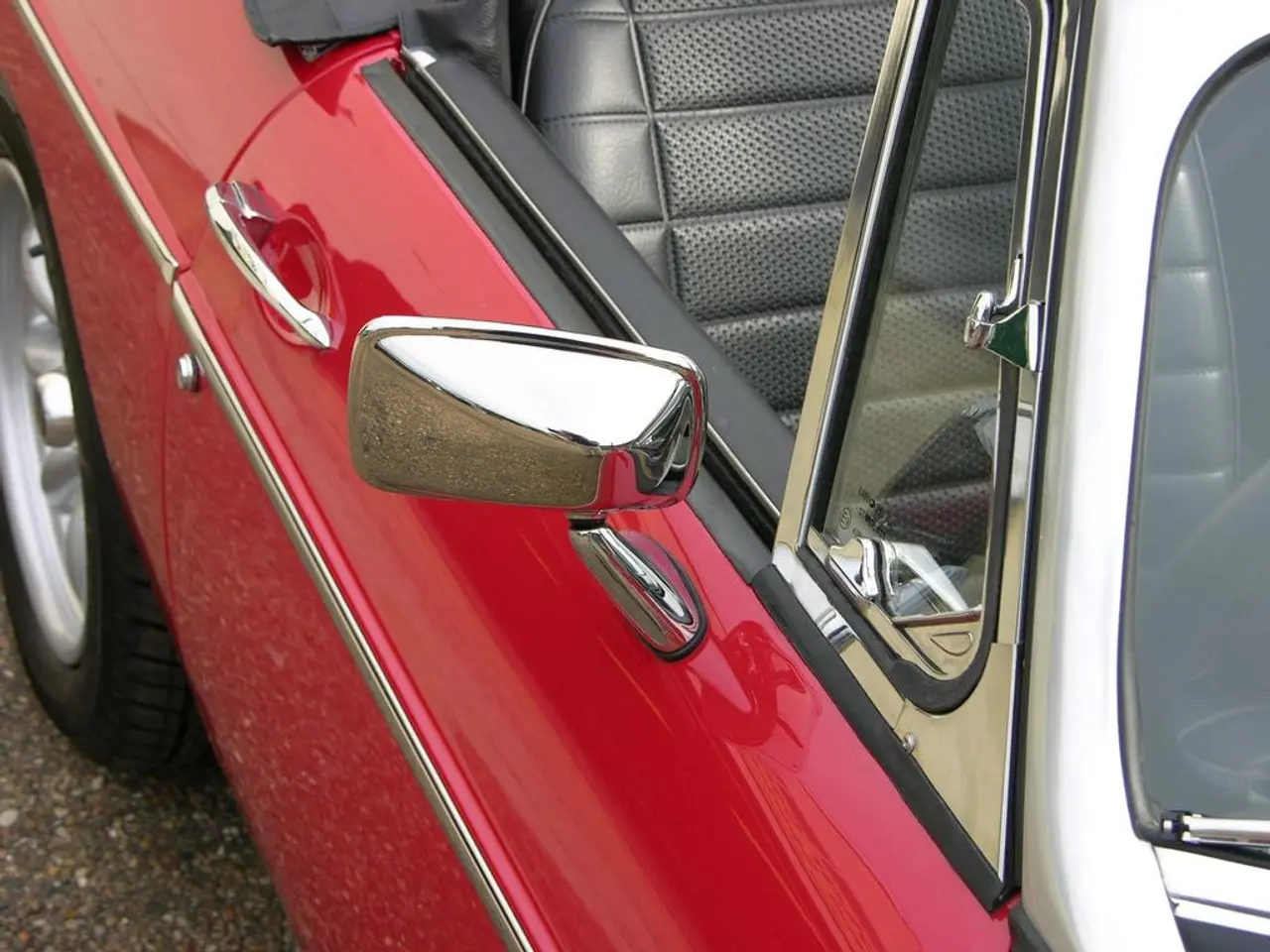Rapid Extraction Device (RED): Its Functioning Explained
Rapid Extraction Devices (RED) Transform Drone Operations
In the realm of drone technology, Rapid Extraction Devices (RED) are making a significant impact. These systems, designed for swiftly removing people or objects from hazardous or inaccessible areas, are revolutionising the way drones are used in various sectors.
RED systems are commonly installed on heavy-lift UAVs, which are primarily used for defence, rescue, and industrial applications. This includes fire departments and disaster response units, who utilise RED drones to reach victims in remote or unstable environments. In civilian emergency missions, such as wildfires and search and rescue operations, RED-equipped drones play a crucial role.
For armed forces, RED-equipped drones are used to extract wounded soldiers, sensitive tech, or valuable supplies without endangering additional personnel. The systems may include tethered retrieval devices, grab-and-go hooks, inflatable lifts, or compact mechanical arms.
The payload capacity of RED systems varies depending on the drone model. Civilian systems typically can lift between 10-20 kg, while advanced military models can manage up to 100 kg or more.
In drone operations, REDs are often integrated with UAV payloads to support high-risk missions such as emergency response, search and rescue, and battlefield evacuations. RED-equipped drones significantly improve both the speed and safety of extraction efforts compared to traditional methods like helicopters or ground crews.
RED drones are controlled in real time by operators, often with support from onboard thermal imaging or LiDAR sensors. Once extraction is complete, the drone either returns to base or transports the subject to a designated drop zone.
The increasing need for fast, autonomous solutions in defence, firefighting, and humanitarian aid has driven the adoption of RED technology in drone fleets around the world. This technology is particularly useful in industries and scenarios where speed and mobility are paramount, such as inspection drones in chemical plants, confined-space drones in boiler interiors, and emergency response drones at fire scenes.
In summary, RED technology enhances the deployment and recovery efficiency of drones primarily used in industrial inspection, confined-space operations, and emergency response missions where rapid action and maneuverability are crucial. While specific drone models or brands using Rapid Extraction Devices were not identified in the provided results, the operational contexts strongly suggest REDs are employed with drones specialized for inspection, confined-space operations, and emergency response missions.
Gadgets like compact mechanical arms and tethered retrieval devices are part of the technology incorporated into Rapid Extraction Devices (RED), revolutionizing the way drones are utilized in various sectors. These systems are essential for extracting people or objects from hazardous or inaccessible areas, making them indispensable in emergency response, search, and rescue operations, among others.




